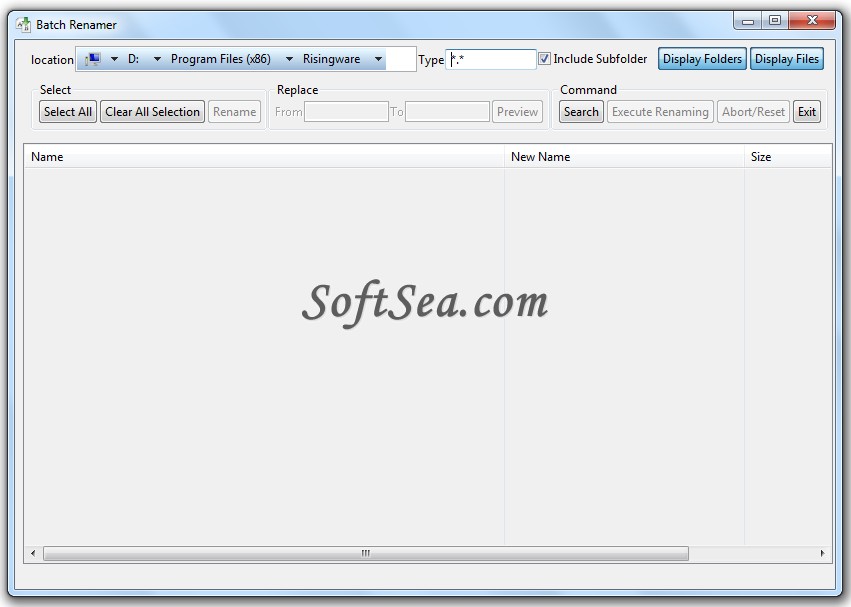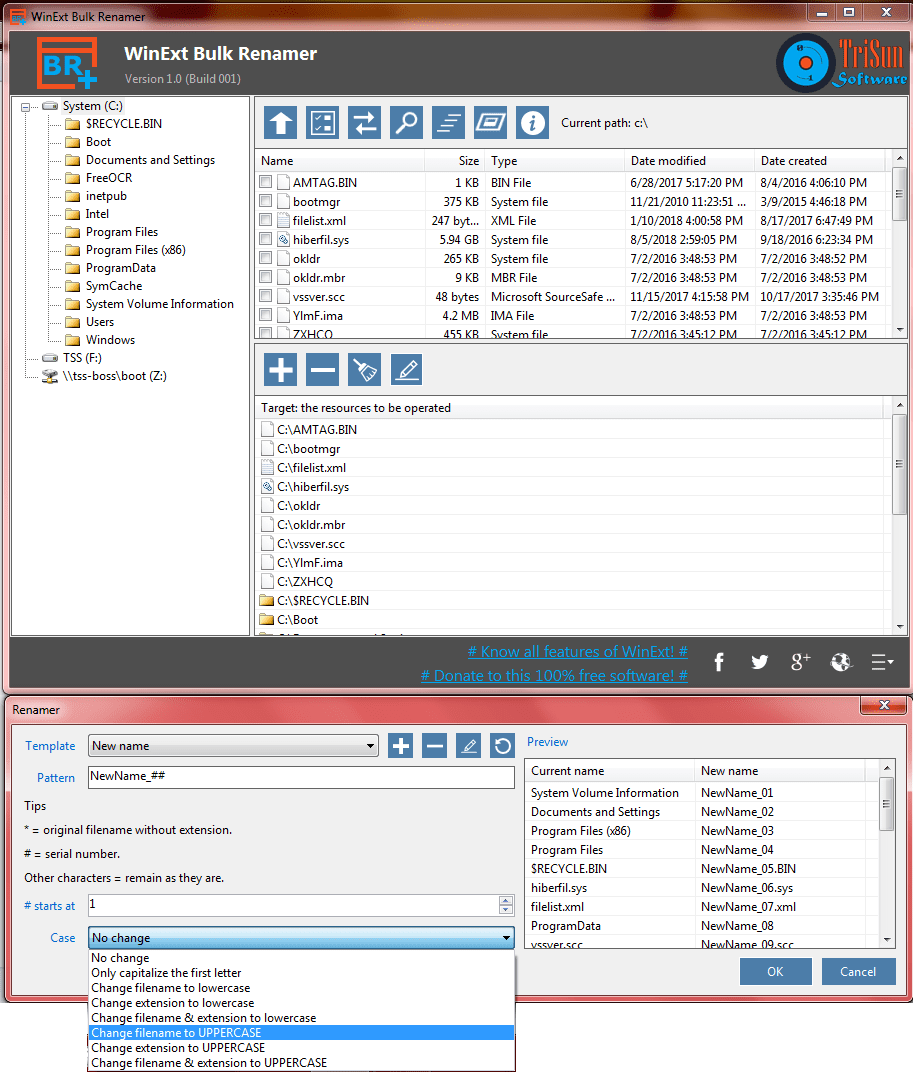


If you need a log file that shows the results of using -WhatIf, you can follow these steps: Unfortunately, when we use –WhatIf, we cannot send our output to a text log file. Get-ChildItem -Filter “*current*” -Recurse | Rename-Item -NewName -whatif
#Bulk image renamer how to#
I have never attempted this specific task, but by using Get-Command and Get-Help, we were able to find exactly how to do this in a couple of minutes. For example purposes, let’s say he needed to find all files with “current” in the name and replace “current” with “old”. He needed to find all files with a specific character string in the name and replace this character string with a new character string. His immediate need was to rename almost 250 files that are located in various folders on the file system. I told him that I am sure Windows PowerShell can help-and that was before I even heard the question. He had a business need and he heard from someone that Windows PowerShell could help. I received a call from a gentleman named Cristofer this afternoon. Matt Tisdale is back today with another solution to a situation at work… Microsoft Scripting Guy, Ed Wilson, is here. Summary: Learn how to use Windows PowerShell to rename files in bulk.


 0 kommentar(er)
0 kommentar(er)
